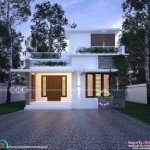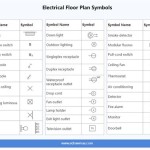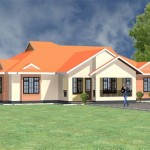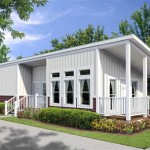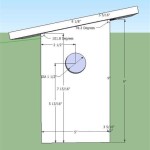Vastu for East Facing House Plan: Essential Aspects to Consider
An east-facing house plan is considered highly auspicious in Vastu Shastra. The rising sun enters the house from the east, bringing in positive energy and illuminating the path to progress and prosperity. To maximize the benefits of an east-facing house, it is important to follow certain Vastu guidelines.
The Importance of the Main Entrance
The main entrance of an east-facing house should be located in the north-east or south-east corner. This placement ensures that the incoming sunlight enters the house at a favorable angle, encouraging positive vibes and prosperity. Avoid placing the entrance in the south-west or north-west corners, as these directions are considered inauspicious.
Living Room and Bedrooms
The living room, being a place where family gathers and guests are welcomed, should be located in the north-east or south-east corner of the house. This placement promotes harmony, communication, and a sense of well-being. Bedrooms, on the other hand, are best placed in the south-west or north-west corners, as these directions provide stability and restful sleep.
Kitchen and Bathrooms
The kitchen, which symbolizes nourishment and abundance, should be located in the south-east corner. This placement ensures that the morning sunlight, associated with prosperity, enters the kitchen and nourishes the food prepared there. Bathrooms, conversely, should be placed in the south-west or north-west corners, away from the main living areas.
Water Bodies and Open Spaces
Incorporating water bodies into an east-facing house plan can enhance positivity and wealth. A fountain or water body placed in the north-east corner attracts prosperity and financial abundance. Open spaces like balconies or courtyards in the east or north-east allow for ample sunlight and fresh air, promoting health and well-being.
Other Considerations
Apart from the specific placements mentioned above, other Vastu aspects to consider include:
- The slope of the land should be towards the east or north-east to ensure proper drainage.
- The height of the building should be greater in the south-west compared to the north-east.
- The shape of the house should be square or rectangular, avoiding irregular shapes.
- The compound wall or fence should be higher on the south and west sides to provide protection.
Conclusion
Following these Vastu guidelines when designing an east-facing house plan can bring numerous benefits, including prosperity, harmony, and well-being. By incorporating the principles of Vastu Shastra into your home, you create a living space that promotes positive energy and supports your overall growth and happiness.

Pin On How To Plan

East Facing House Vastu Plan Tips And Things To Avoid

East Facing House Plan Vastu For

27 Best East Facing House Plans As Per Vastu Shastra Civilengi N Three Bedroom Plan

Pin On Design

East Facing Vastu House Plan 30x40 40x60 60x80

East Facing Vaastu Home Plan Subhavaastu Com

27 Best East Facing House Plans As Per Vastu Shastra Civilengi One Floor 2bhk Plan
Wondrous East Facing 2bhk House Plans As Per Vastu Shastra

Vastu Model Floor Plan For East Direction

